Central Asia in Beijing's new foreign policy strategy
In recent years, China has gradually reshaped its cooperation with Central Asian countries, moving towards closer and more systematic development. Since 2020, ministerial-level meetings between the two sides have begun to be held in the C5+1 format - a cooperation model between China and five Central Asian countries. A notable turning point took place in 2023 in Xi'an, when China held its first forum of heads of state with Central Asian countries and signed a joint statement, thereby officially putting the concept of a "Community of Common Destiny for Mankind" initiated by President Xi Jinping on the regional agenda.
Since then, Central Asia has been integrated into China’s long-term foreign policy strategy not only economically, but also politically and security-wise. The forum held in Kazakhstan in mid-June further affirmed the role of the C5+1 mechanism as a platform for strategic dialogue between China and the Central Asian region, reflecting the depth and continuity of this policy.
However, the context of this forum is particularly sensitive: the world is witnessing an escalation of global conflicts and an increasingly complex geopolitical situation. In that context, President Xi Jinping's visit to the Central Asia region is not simply a routine diplomatic activity, but is being seen by some Western media as an effort to establish a "friendly alliance" revolving around China, a form of preparation for the possibility of strategic confrontation with the US.
Of course, China maintains its official stance of promoting peace , security and sustainable development with its Central Asian partners. However, what was discussed at the recent forum, such as enhanced security coordination, cross-regional infrastructure investment and energy connectivity, suggests that the real agenda has a deeper strategic focus, beyond mere statements of goodwill.
President Xi Jinping’s visit to Central Asia this time focuses on strategic areas including energy, infrastructure connectivity and digital technology. However, cooperation does not stop at these three pillars. China is actively expanding its soft influence through language centers, research institutes and technology transfer programs in Kazakhstan, demonstrating a comprehensive strategy to increase the level of engagement with the region. This is implemented systematically and effectively, clearly demonstrating Beijing’s strategic goals in Central Asia.
Economic relations between China and Central Asian countries have a solid foundation, built on the practice of effective cooperation and depoliticization. According to Izvestia, Kazakh President Kassym-Jomart Tokayev affirmed that “China, when discussing major economic projects, never sets political conditions” and always implements its commitments promptly. In the context of Central Asia, which has a traditional mentality of apprehension, this statement is important, strengthening the region's confidence in the stability and substance of cooperation with Beijing.
Economically, energy continues to be a strategic priority for China. Although the Chinese economy has shown signs of slowing down, domestic energy demand remains high. Under pressure from competing initiatives such as Europe’s “Global Gateway” or the threat of a trade war with the United States, China is accelerating its international energy deals. At the recent China-Central Asia Summit, Kazakhstan signed an agreement with China on renewable energy. At the same time, a series of projects, including the Sauran solar power plant in cooperation with China Energy, have been proposed in the Turkestan region, demonstrating efforts to modernize the regional energy sector with technical and financial support from China.
In addition to energy, Beijing is also focusing on infrastructure and logistics. From projects under the “Belt and Road” to integrating Central Asia into the China-Pakistan Economic Corridor, China is gradually establishing a comprehensive strategic connectivity network. Key projects such as the China-Kyrgyzstan-Uzbekistan Railway and the Trans-Afghanistan Railway not only provide momentum for regional trade, but also serve as a material tool to realize China’s global vision, especially the concept of a “Community of Common Destiny.”
Moscow's response: Opportunity for cooperation or signal of competition?
There are many opinions that suggest a possible conflict of interests between Russia and China in Central Asia, suggesting that Beijing is gradually replacing Moscow’s traditional role in ensuring regional security. However, it is impossible to ignore the fact that both countries are members of security cooperation mechanisms such as the Shanghai Cooperation Organization (SCO), and share interests in maintaining stability and peaceful development in Central Asia.
According to Andrei Kortunov, Scientific Director of the Russian International Affairs Council (RIAC), China's activities in Central Asia, especially through mechanisms such as the Central Asia-China Summit, are of strategic importance for the Russian Federation. First of all, these processes are taking place in a region that has traditionally been within Russia's sphere of influence. Second, China-led transport and energy infrastructure projects have the potential to create alternative connections, changing the transport and economic landscape that Russia needs to seriously assess.
Russia has a clear interest in maintaining stability and sustainable development in Central Asia, and cooperation with China within the framework of the Shanghai Cooperation Organization (SCO) or other multipolar structures could support that goal. However, China’s growing economic penetration, coupled with its growing soft influence, also raises questions about the potential for a reconfiguration of power centers in the region.
Therefore, China's initiatives are two-sided for Russia: on the one hand, a challenge in the competition for geopolitical influence; on the other hand, an opportunity to maintain a key role if it can promote constructive strategic coordination, based on common interests and a long-term vision in the region.
Hung Anh (Contributor)
Source: https://baothanhhoa.vn/chu-tich-trung-quoc-tap-can-binh-tham-trung-a-hop-tac-canh-tranh-va-dinh-hinh-lai-trat-tu-khu-vuc-252613.htm


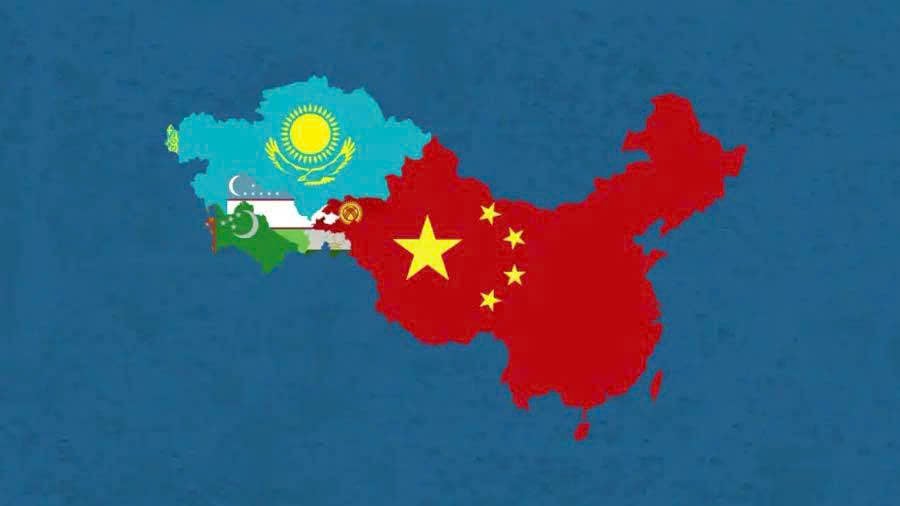
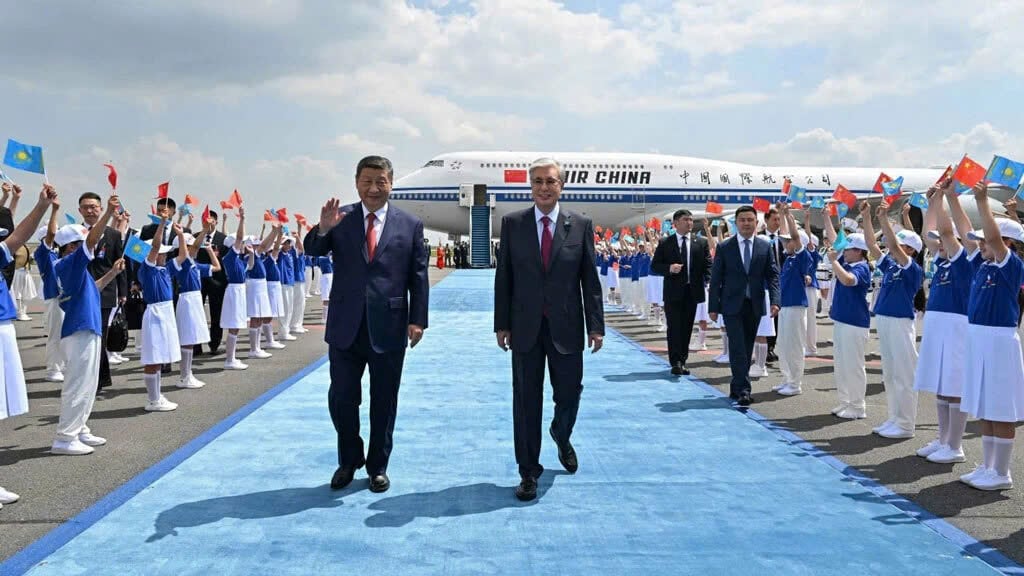

![[Photo] Prime Minister Pham Minh Chinh receives Lao Minister of Labor and Welfare Phosay Sayasone](https://vphoto.vietnam.vn/thumb/1200x675/vietnam/resource/IMAGE/2025/11/11/1762872028311_dsc-2246-jpg.webp)

![[Photo] Chu Noodles - the essence of rice and sunshine](https://vphoto.vietnam.vn/thumb/1200x675/vietnam/resource/IMAGE/2025/11/11/1762846220477_ndo_tl_7-jpg.webp)




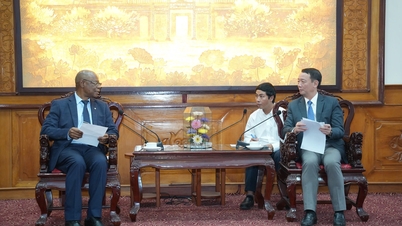

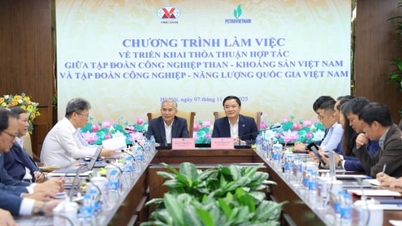



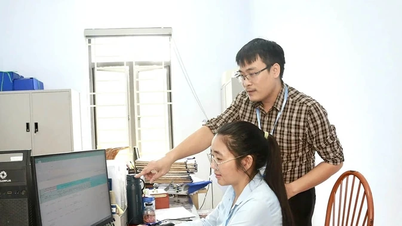

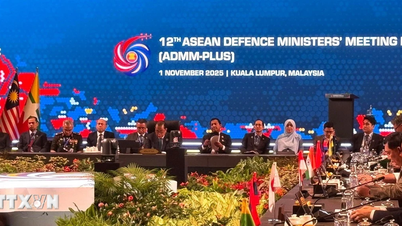
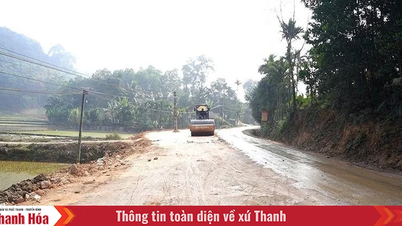















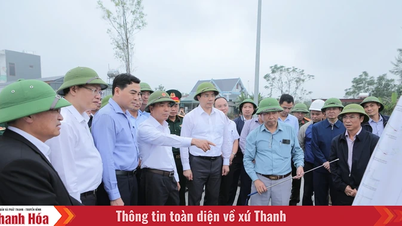

















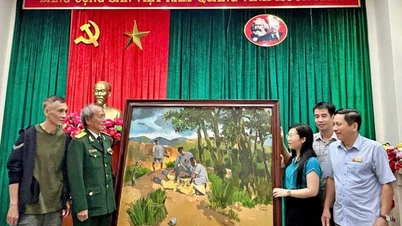

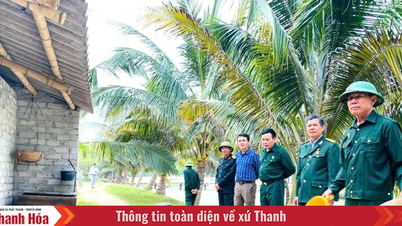
































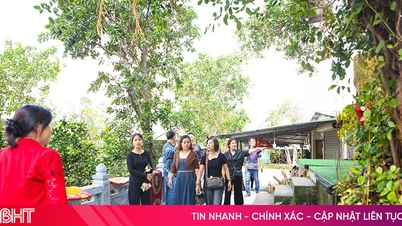



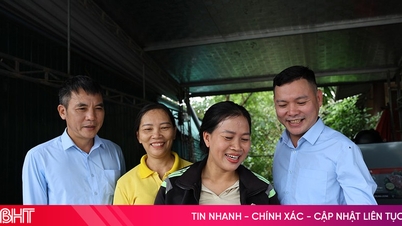






![Dong Nai OCOP transition: [Article 3] Linking tourism with OCOP product consumption](https://vphoto.vietnam.vn/thumb/402x226/vietnam/resource/IMAGE/2025/11/10/1762739199309_1324-2740-7_n-162543_981.jpeg)




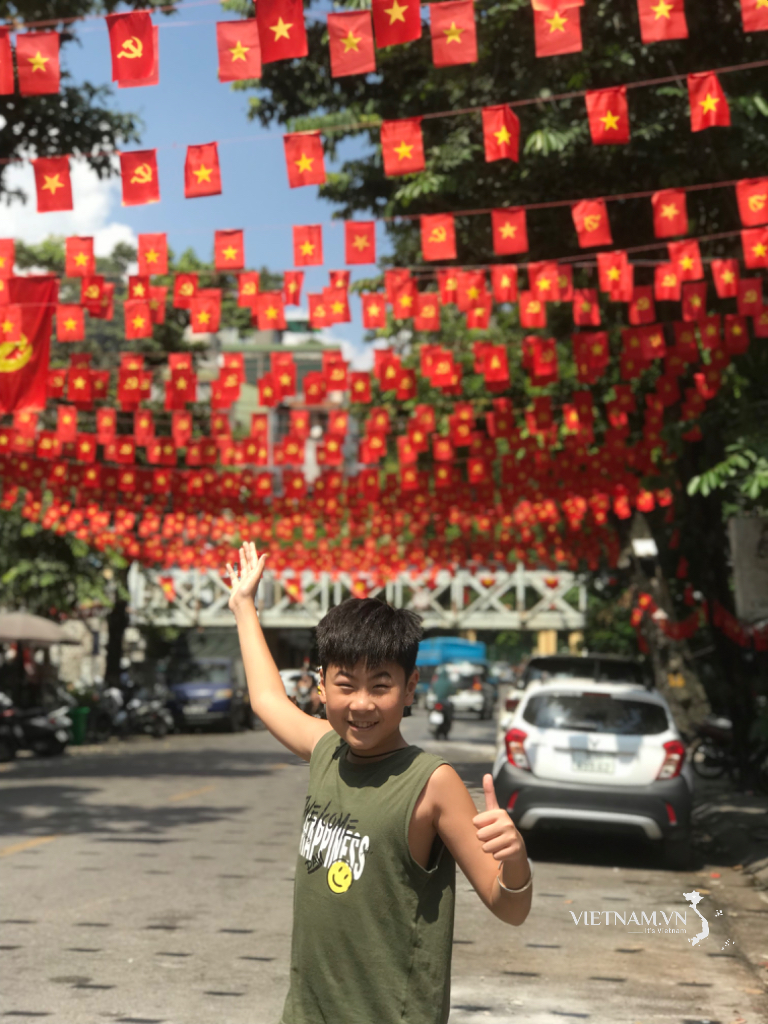



Comment (0)